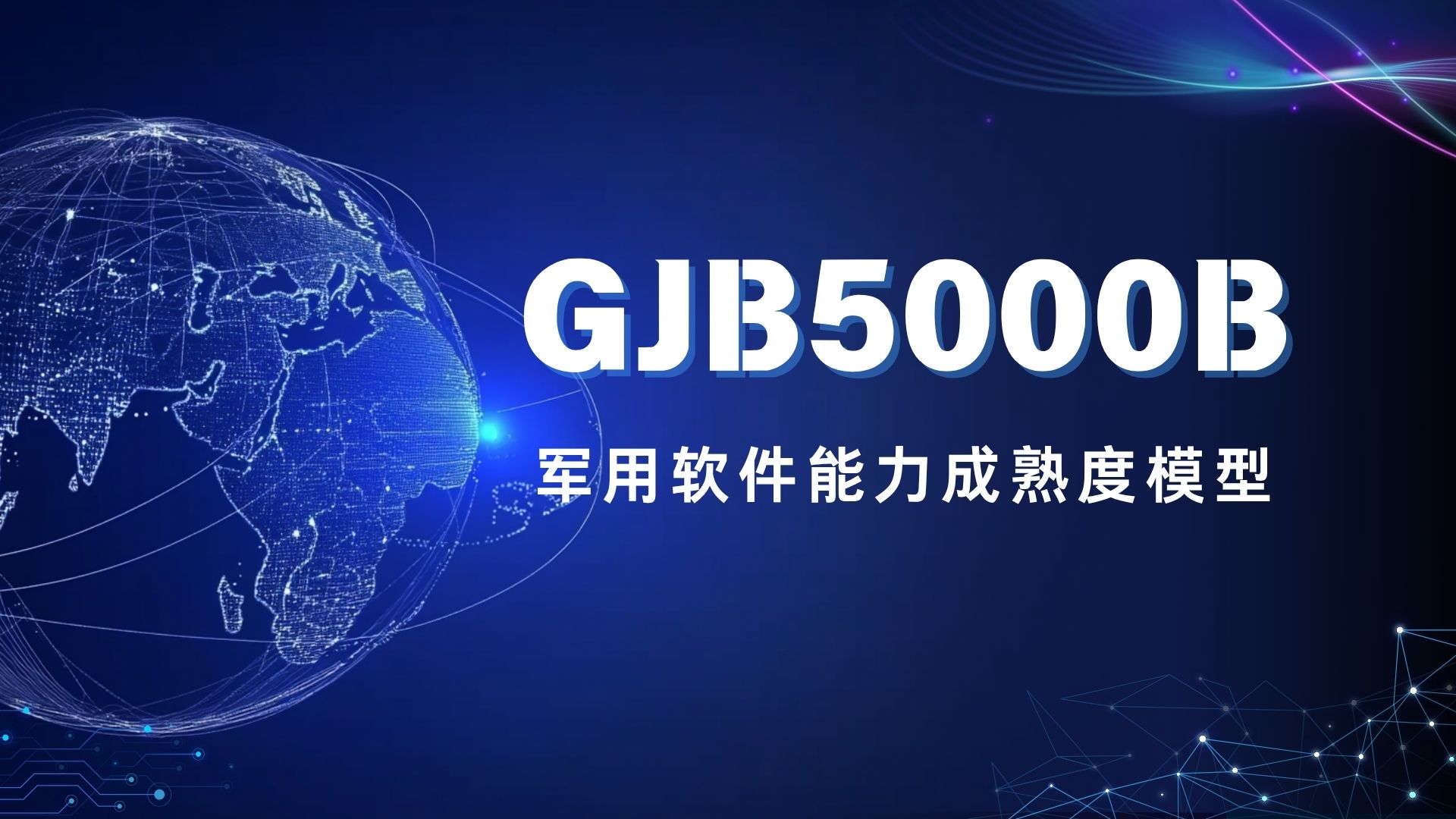
 Professional services are guaranteed
Professional services are guaranteed One on one full process guidance
One on one full process guidance Efficient and fast experience
Efficient and fast experience1. Background requirements
With the increasing intelligence and complexity of modern weapons and equipment, software has become the core carrier for implementing equipment functions. However, the traditional software development model suffers from uncontrollable processes and significant quality fluctuations, making it difficult to meet the high reliability and security military requirements. The launch of GJB 5000B marks the transformation of China's military software engineering management from "experience driven" to "process driven", providing a scientific basis for the full process control of equipment software.
2. Core objectives
· Establish a full lifecycle management system covering requirement analysis, design, coding, testing, and maintenance;
· Improve the consistency and predictability of software delivery through quantitative management;
· Reduce development risks and ensure reliable operation of software in complex battlefield environments;
· Promote the construction of localized software toolchains and independent controllable ecosystems.
GJB 5000B adopts a staged model to divide software development capabilities into 5 maturity levels (initial level, managed level, defined level, quantified management level, optimization level), and achieves step-by-step improvement through 22 key process areas (KPAs).
1. Maturity Level Model (Staged Model)
GJB 5000B adopts a five level maturity model to gradually enhance the organization's software development capabilities. Each level requires the achievement of specific process area goals and the formation of institutionalized practices.

2. Key Process Areas (KPAs) and Practical Requirements
GJB 5000B covers the entire software development process through 22 key process areas (KPAs), divided into four categories:
2.1 Project Management Category
· Project Planning (PP)
Develop executable plans for coverage, progress, and resources, and clarify risk response strategies.
· Project Monitoring (PMC)
Track deviations between actual progress and plans, trigger corrective actions (such as milestone reviews, EVM analysis).
· Supplier Agreement Management (SAM)
Standardize outsourcing/procurement management to ensure that third-party deliverables meet requirements and safety standards.
2.2 Engineering category
· Requirement Development (RD)
Using formal methods such as SysML to ensure requirement verifiability and traceability.
· Technical Solutions (TS)
The design must meet reliability and safety constraints (such as fault tree analysis and redundancy design).
· Verification and Validation (VV)
Verify that the requirement coverage rate is ≥ 95% through dynamic testing, static analysis, simulation, and other means.
2.3 Supporting Categories
· Configuration Management (CM)
Implement version baseline control, support parallel development and change tracing (tools such as Git, SVN).
· Process and Product Quality Assurance (PPQA)
The independent audit team checks the compliance of the process and outputs a Non Conformance Report (NCR).
· Decision Analysis and Resolution (DAR)
Select the optimal solution based on multiple criteria such as cost, risk, and technical feasibility.
2.4 Organizational Empowerment Category
· Organizational Process Focus (OPF)
Establish an EPG (Engineering Process Group) to coordinate process improvement and regularly evaluate the effectiveness of the system.
· Organizational Training (OT)
Customize the capability matrix according to roles (such as requiring engineers to master DOORS tools).
· Organizational Process Performance (OPP)
Establish quantitative models (such as COCOMO II) to predict project cycles and defect rates.
The following are the key conditions that are usually required to apply for GJB 5000B:

GJB 5000B certification is an authoritative qualification certification for software development capabilities in the field of national defense, and its core value is reflected in the following key dimensions:
1. Breakthrough of market access barriers
Certification is a mandatory threshold for participating in high-level military equipment projects. Enterprises that do not meet the standards cannot undertake key weapon system software development tasks, and they can also receive priority support from military civilian integration policies.
2. Quality and reliability leap forward
By standardizing process management (such as requirement traceability and peer review), the software defect density is significantly reduced (with a typical decrease of 60% -75%), ensuring the success rate of tasks in complex battlefield environments.
3. Optimization of R&D efficiency
The quantitative management mechanism compresses the demand response cycle (typically by 40% -55%) and reduces rework costs through early defect prevention (typically saving 35% -50%).
4. Policy dividend support
Build standardized processes and data-driven decision-making capabilities, reduce cross team collaboration costs (typical reduction of 20% -30%), and improve resource allocation efficiency.
5. Strengthening international competitiveness
Compatible with international standards such as CMMI, supporting compliance in military trade exports, and helping enterprises expand into overseas defense markets.
6. Foundations of Sustainable Development
Establish a continuous improvement mechanism and risk prevention and control system to provide long-term technical support for the intelligent transformation of equipment.
Organizational level system materials:
System Document
Process Asset Library
"EPG Activity Record
All staff Training Record
Evidence of project level implementation:
Project Planning Document
Project Monitoring Data
Engineering Process Records
Quality Assurance Report
Evaluation supporting materials:
Internal evaluation report
List of participating projects
Evidence mapping matrix
High level commitment letter
Through this process, enterprises can systematically build a software development management system that meets the requirements of GJB 5000B, supporting military project access and long-term competitiveness enhancement.




Wechat ID:Siterui888888
Add a wechat friend to get free plans and quotations


 Contact
Contact




 定制化解决方案
定制化解决方案 专业咨询指导
专业咨询指导 透明化服务
透明化服务 长期顾问式合作
长期顾问式合作